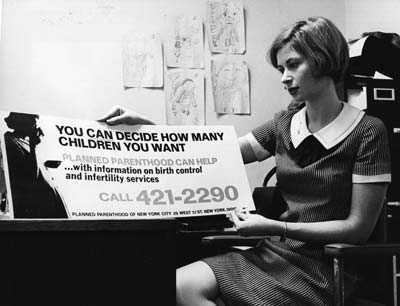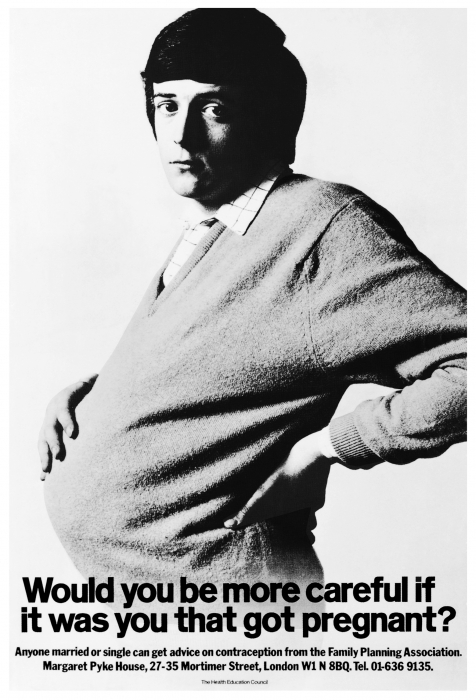Carl Djerassi, the chemist credited with creating the birth-control pill and abetting the women’s movement and sexual revolution of the 1960s, just passed away. A true polymath, he was devoted to writing plays and collecting art just as much to rewriting the rules of mating. He was also subsequently thwarted by pharmaceutical companies when he wanted to create a male pill. In a 1976 People article, Nancy Faber profiled Djerassi during his tenure as a Stanford professor and recalled his discombobulating relationship with President Nixon. An excerpt:
Stanford Professor Carl Djerassi invited some students to his house for an evening conference and two of them showed up with a gift. Not exactly an apple for the teacher. It was a box of pink condoms. Djerassi was delighted.
It was the perfect token of esteem for a well-liked faculty member who also happens to be the research chemist who developed the birth control pill. His course in human biology was examining various methods of controlling population. (The unusual gift was brought back from Kenya where the two students had gone to study birth control techniques.)
“I don’t think there is such a thing as one best method of birth control,” Djerassi tells his classes. “If the most important thing is to be 100 percent effective, then the Pill is the best we have. If you are more concerned about side effects, then a condom is a hell of a lot better.” He adds: “It is unrealistic not to expect some side effects. You get them with tobacco, alcohol and penicillin.”
The professor, 52, is not at all reluctant to plunge into the Pill controversy. At a recent campus colloquium, he heard one young woman charge: “Sure, we have control of our fertility now, but at the cost of our health. What kind of control do we really have if we have to make that kind of bargain?” After listening to Djerassi on the subject, another participant admitted: “I’m really surprised that he is so receptive to other ideas. He advocates what is called the cafeteria approach to birth control—whatever works.”
Students are often surprised to learn that Djerassi’s career is rooted in academe as well as in the drug industry. Born in Vienna in 1923, he was educated in the United States (Kenyon College and the University of Wisconsin) after he emigrated when he was 16. He had his Ph.D. by his 22nd birthday. Five years later, in 1951, as an employee of the Mexico City-based Syntex Corporation, Djerassi led the research team that synthesized the first contraceptive pill. …
Restlessly energetic even in his leisure hours, Djerassi hikes and skis despite a fused knee suffered in a skiing accident. Rather than drop either sport, Djerassi collaborated with one of his students in designing a special boot to compensate for the knee’s loss of mobility. When he travels, the professor gets a letter from airline presidents guaranteeing him an aisle seat so he can stretch out his leg.
Djerassi has accumulated an extensive art collection weighted toward pre-Columbian artifacts and an equally impressive number of honors from every corner of the scientific community. He recalls none of the testimonials as vividly as the National Medal of Science awarded him by Richard Nixon in 1973. Two weeks later Djerassi discovered his name on the notorious White House enemies list.•
Tags: Carl Djerassi, Nancy Faber, Richard M. Nixon



